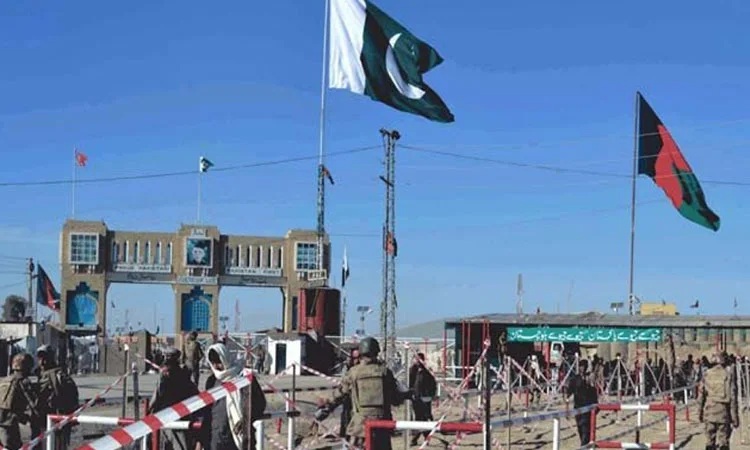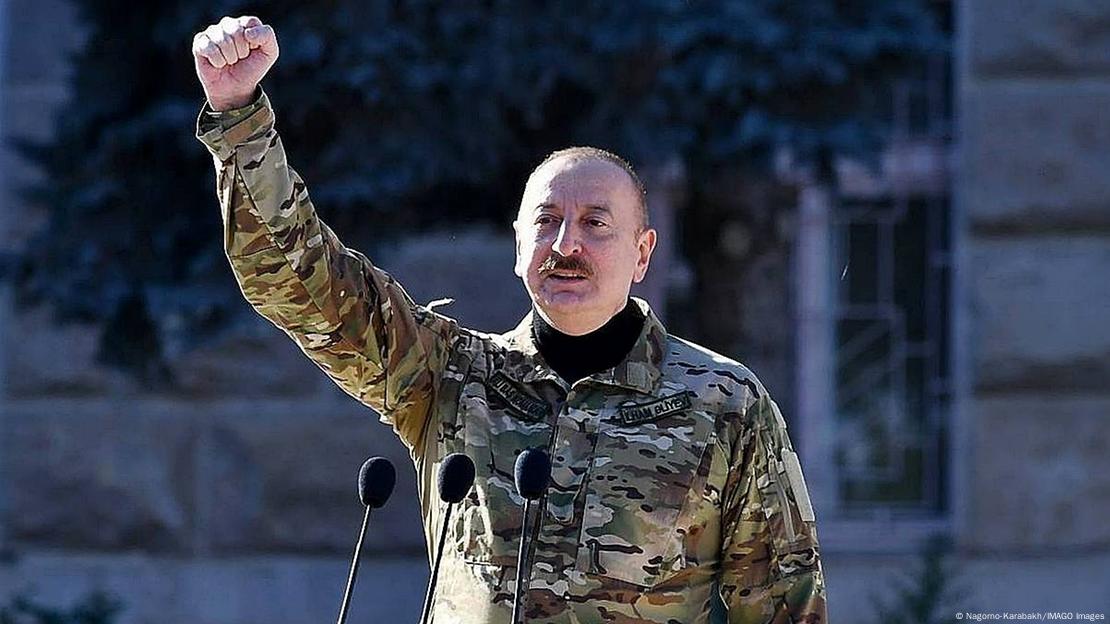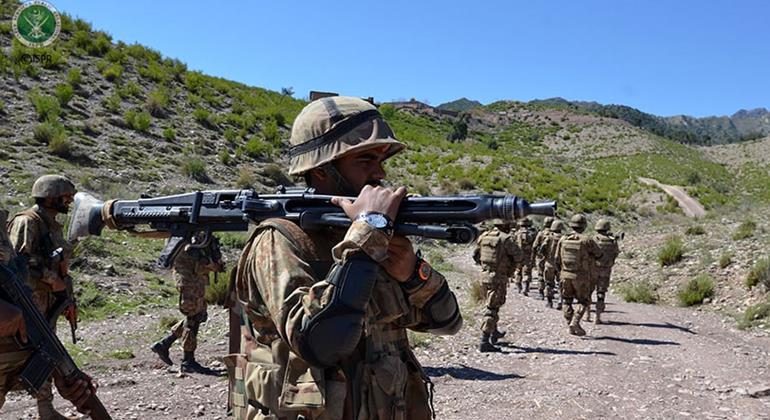
The one-week tug-of-war in October was a stark reminder of the escalating conflict between Pakistan and Afghanistan. The ongoing tit-for-tat battles have not only agonised the regional powers but also sent reverberations across the Middle East, China, and South Asia. Former allies now face each other with a palpable sense of mistrust and wariness.
By Ahsan Ali
The two neighbours engaged in a weeklong border conflict following explosions in Afghanistan, which the Afghan government blamed on Pakistan. In the subsequent cross-border strikes, Pakistan’s military claimed it killed more than 200 Afghan fighters, while Afghanistan says it killed 58 Pakistani soldiers.
It was the most serious fighting between the two countries since the Taliban regained control of Kabul in 2021. The guns had fallen silent for the ad interim, thanks to the ceasefire interceded by Qatar and Turkey, but there is a wait for another escalation.
The upholding of peace and mutual respect still presents a significant obstacle to a sustainable solution for both states in the ongoing meetings in Istanbul. The core issue in the ongoing talks is the heightened attacks by the extremist militant group Tehreek-e-Taliban Pakistan (TTP), designated as a terrorist group, residing in Afghanistan.

The extremist terrorist group is continuously targeting the security apparatus in the Pakistani provinces. Khyber Pakhtunkhwa and Balochistan are being targeted, especially since August, when the Afghan branch of the Taliban took power after the U.S. President Joe Biden’s fiasco retreat of U.S. troops.
With the mounting TTP attacks in Pakistan, the national security is under threat and at risk of another escalation against Afghanistan, in the scenario of any TTP attack. As per the 2024 UN report, TTP has gained greater manpower, planning, and sophistication with the Afghan Taliban's support.
TTP is the main deadlock of the Istanbul talks, as they continue their militant activities against Pakistan. The deadlock put the security at high stakes with emboldened cross-border attacks and TTP ideology plunging into the tribal areas of Pakistan and Afghanistan.
Where Pakistan’s naïve approach of trusting and supporting the Afghan Taliban in eliminating TTP had backfired, they should realise the reality on the ground. The Afghan Taliban and TTP share ideological and operational synergies with a radical interpretation of Islam and have collaborated in the armed struggle during the US war.
The presence of TTP and their cross-border assaults on the porous border pose a significant risk of turning the two nations into bitter adversaries. With Islamabad’s patience wearing thin, the Pakistani military may resort to precision strikes inside Afghan territory, eliciting an angry response from Kabul. This potential scenario could turn the porous border into a confrontational zone, deepening mistrust and increasing strikes and militancy.
As the TTP fighters assisted the Afghan Taliban during the US presence, they were comrades in arms and formed a social bond. This leads the Afghan Taliban to consider themselves bound to reciprocate their assistance during the struggle by offering similar support to the TTP.
TTP would be supported by the Afghan Taliban and be used against the Pakistani government in establishing a similar format of government and Sharia law in Pakistan. Pakistan should stimulate its resources to combat TTP activities by improving law enforcement weaponry, preventing Taliban political allies from rising, shutting the funding of extremist madrassas, and improving the intelligence internally and externally.
Afghan Taliban, on the other hand, are trying to conduct their international relations based on lies and dissimulation. While the Afghan Taliban desire peace in the region, they harbour terrorists within Afghanistan, including TTP, calling TTP “Pakistan’s internal problem.”
An old wound that persists in these crises is the Durand Line issue, a border drawn by the British in 1893 that is not recognised by historical governments or the masses as the official boundary between the two states. Any provocation at the border has caused this wound to reopen between Pakistan and Afghanistan, with tension rising internally and among the diaspora.
Where the Afghan Taliban are muted over the Durand Line, with no response to recognition, during the one-week standoff, different elements of the Afghan Taliban and the Afghan population fanned the flames of the Durand Line and claimed to be on the “other side of the fence” from Afghanistan.
Despite multiple bilateral and trilateral diplomatic initiatives in the past to resolve the TTP issue, it has remained unresolved, and TTP continued their activities from Afghanistan. Henceforth, despite three rounds of talks in Istanbul, there has been no commitment by the Afghan Taliban to prevent TTP from operating from Afghanistan, despite tensions at the border.
If a breakthrough is not reached between the two parties, the only viable option would be forceful operations by Pakistan against the TTP. The potential for escalation remains high, especially in light of the continued activities of the TTP against Pakistan’s military infrastructure. A breakthrough is urgently needed to prevent further escalation.
In any escalation, the US and Russia may potentially side with Pakistan as neither can afford for Pakistan to fall into extremism, similar to Afghanistan. Moreover, both want to prevent the resurgence of extremist groups that can be a threat to their states, especially after last year’s attacks in Russia by IS-KP. Their involvement could significantly impact the dynamics of the conflict.
China would promote peaceful dialogue due to the economic partnership with the Afghan Taliban. It would take a cautious approach as the East Turkestan Islamic Movement (ETIM) is present in Afghanistan, who aim to liberate Xinjiang province of China, and China doesn’t want that group to be unleashed in Xinjiang for separatism.
Meanwhile, India is fond of facilitating the Afghan Taliban more with humanitarian, military, political, and diplomatic support, with the potential proxy of India. Pakistan may be drawn into a volatile security environment, potentially pitting it against two hostile sides with stretched military capacities. With the South Asian neighbourhood potentially boiling over into further tensions and informal alliances.






